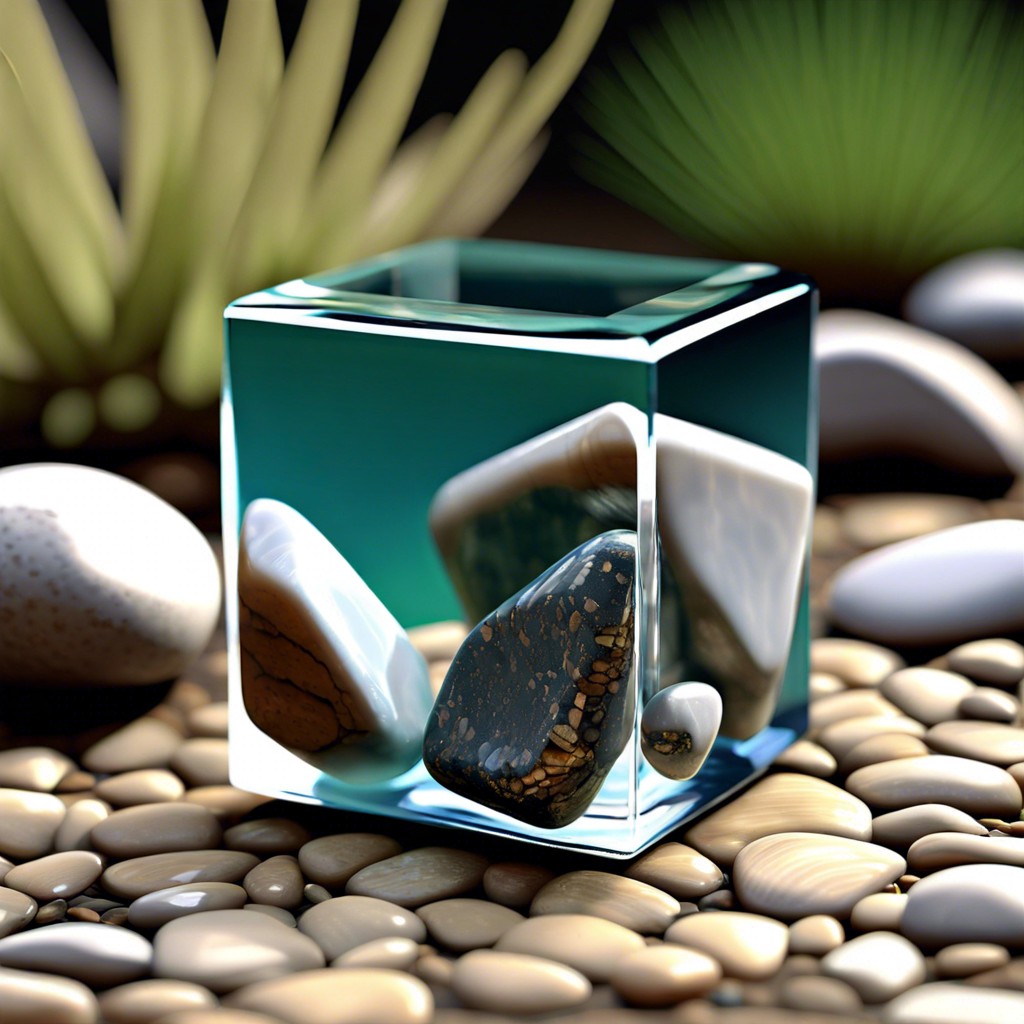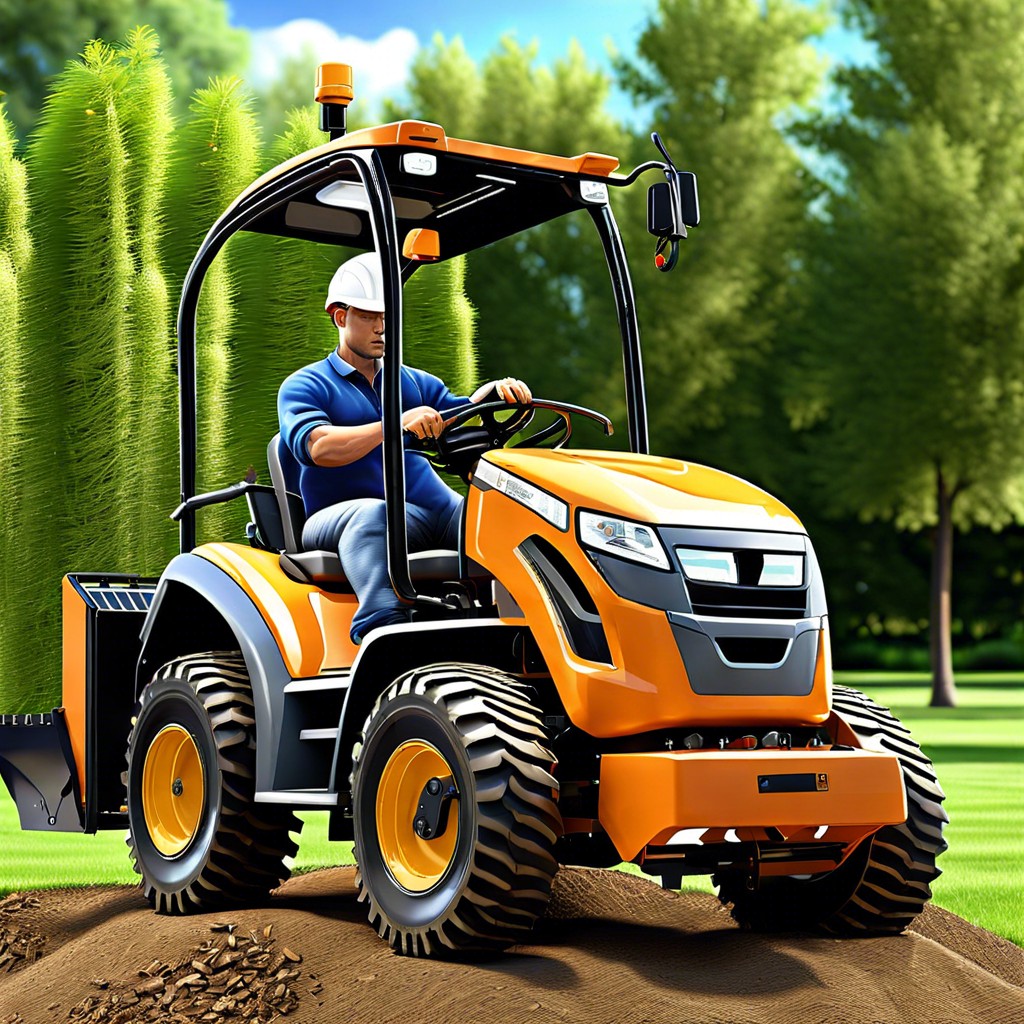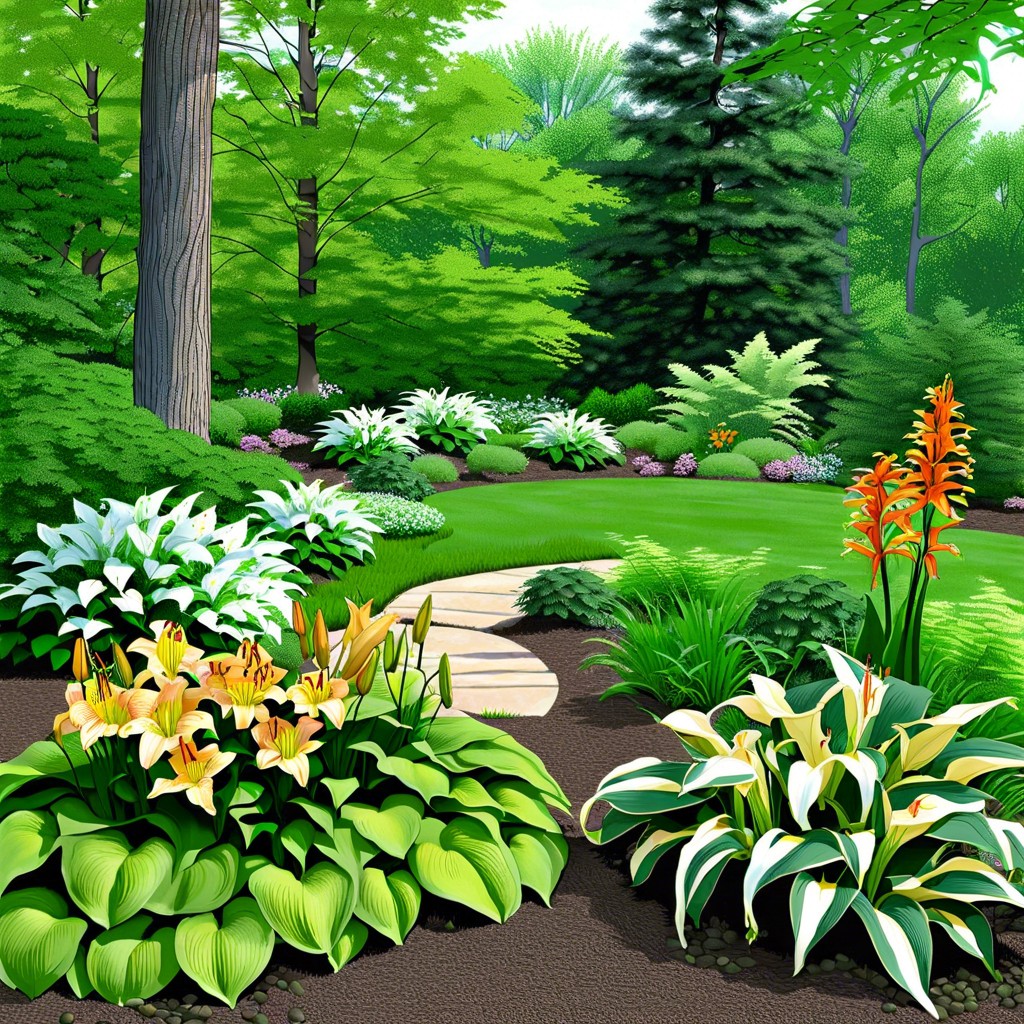Incorporating a garden into your landscaping design can be achieved by selecting plants that fit the available space, creating raised beds or containers to grow flowers and vegetables, and adding features such as pathways, seating areas, and water features.
Creating a garden as part of your landscaping design can be a great way to add color, texture, and life to your outdoor space. Whether you’re looking for an easy-care solution or something more elaborate, there are plenty of ways to incorporate a garden into your landscaping design.
In this blog post, we’ll take a look at some tips and tricks for creating the perfect garden for your home.
Choosing the Right Plants

When selecting plants, it is important to consider factors such as climate, soil type, and available sunlight. You should think about how much maintenance each plant requires and whether or not it will fit into the overall aesthetic of your landscape design.
Researching different types of plants can help you find ones that are suitable for your specific needs and preferences.
Soil Preparation
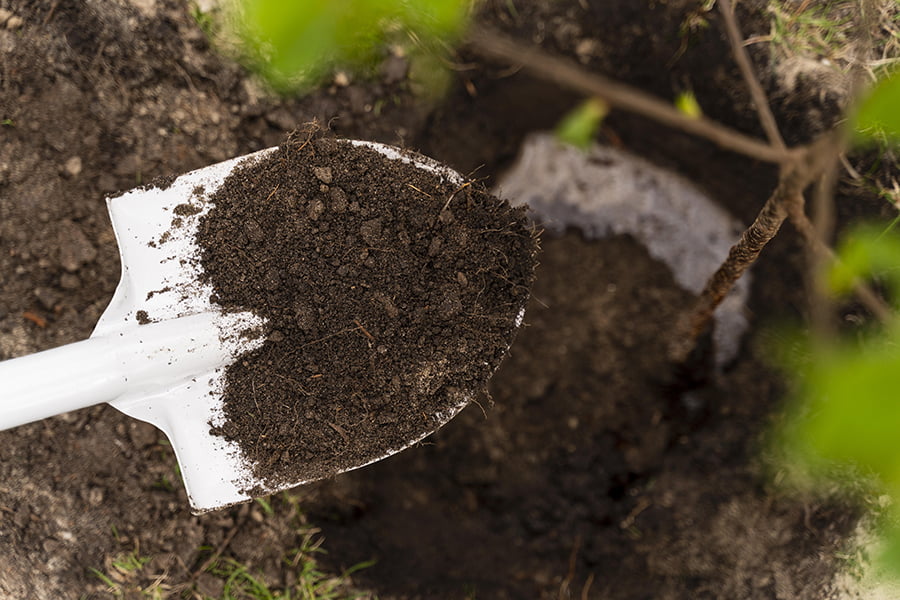
It involves preparing the soil for planting by removing any debris, rocks, or weeds that may be present. It includes adding organic matter such as compost and manure to improve the soil’s fertility and texture.
This will help ensure that plants have the nutrients they need to grow healthy and strong. It is important to test the pH of your soil so you can determine what type of plants are best suited for your garden.
With proper soil preparation, you can create a beautiful and productive garden in your landscape design!
Creating a Plan
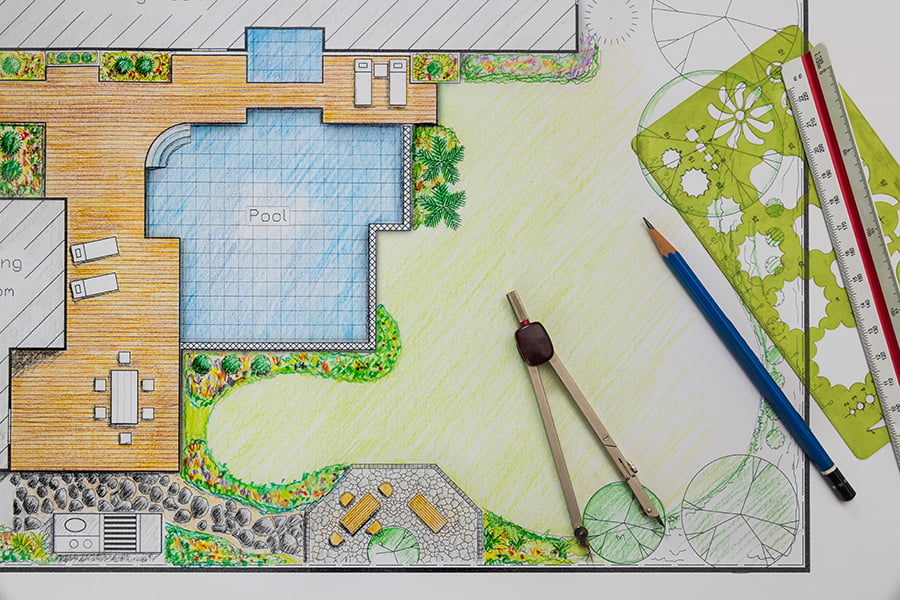
It involves deciding what type of plants and flowers you want to include, where they should be placed, and how much space you have available. You will also need to consider factors such as sunlight exposure, soil quality, water availability, and any other environmental conditions that may affect the success of your garden.
Once these details are determined, it’s time to draw up a plan that outlines the layout of your garden and includes all necessary information about each plant or flower. This plan can then be used as a guide when planting and caring for your garden.
Selecting a Location

When deciding where to place the garden, consider factors such as sunlight, soil quality, and access to water. Sunlight is essential for most plants to grow and thrive; therefore, choose a spot that receives at least six hours of direct sunlight each day.
The soil should be well-draining and nutrient-rich so that plants can easily absorb nutrients from the ground. Make sure there is easy access to water so you can keep your garden hydrated without having to carry buckets of water across long distances.
Once you have identified a suitable location for your garden based on these criteria, you are ready to begin planning out how it will fit into your overall landscaping design.
Determining Water Needs
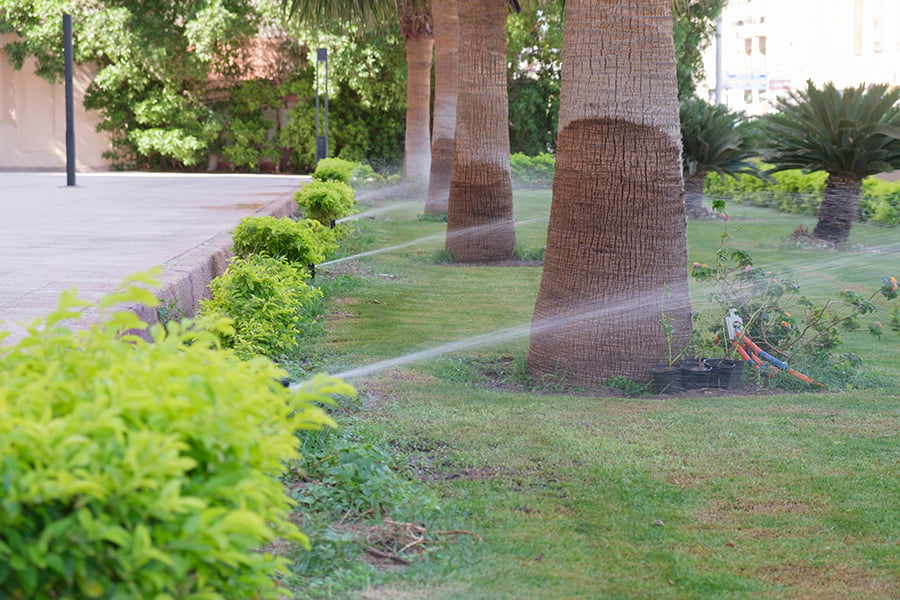
It is essential to understand how much water the plants in your garden will need in order to ensure they stay healthy and thrive. This can be done by researching the type of plants you plan on planting, as different types require different amounts of water.
It is important to consider factors such as climate and soil type when determining how much water your garden will need. For example, if you live in a dry area with sandy soil, then more frequent watering may be necessary than if you lived in an area with higher humidity and loamier soil.
Once you have determined the amount of water needed for each plant species, it is important to create a watering schedule that ensures all plants are receiving enough moisture without being over-watered or under-watered.
Considering Sun Exposure
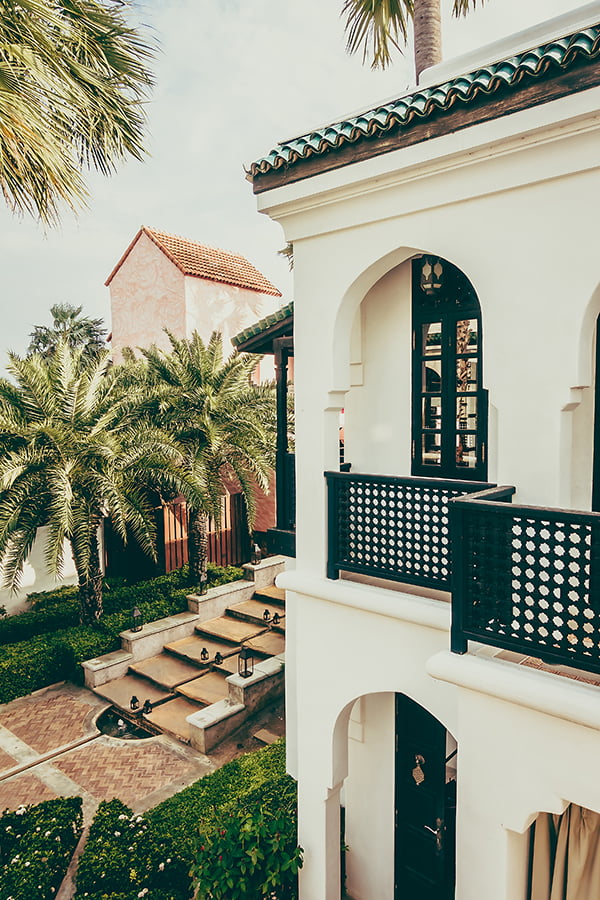
Sun exposure affects how well plants grow and thrive in a garden, so it is essential to determine which areas of your yard get the most sunlight throughout the day. If you have an area that receives full sun for at least six hours each day, this would be ideal for planting vegetables or flowers that require direct sunlight.
On the other hand, if you have an area with partial shade or dappled light throughout the day, this would be better suited for plants that prefer indirect light such as ferns and hostas. Knowing how much sun exposure your garden will receive can help you choose plants that are best suited for their environment and ensure they thrive in your landscape design.
Deciding On Size and Shape of Garden Area
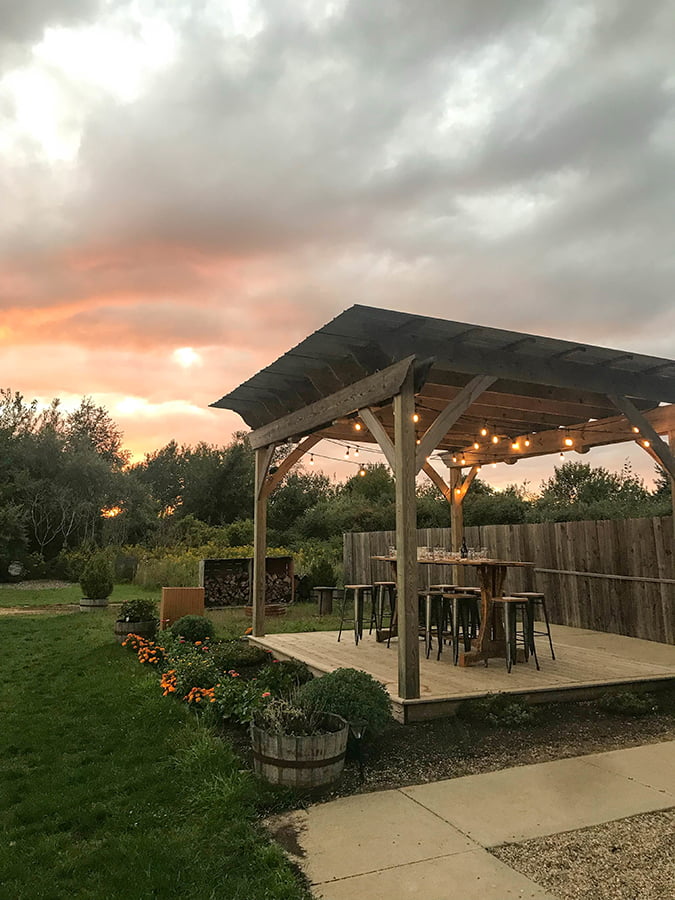
The size of the garden should be determined by how much space you have available in your yard, as well as what type of plants or vegetables you plan to grow. If you are growing larger plants such as trees or shrubs, then a larger area may be needed.
On the other hand, if you are only planting smaller flowers or herbs, then a smaller area will suffice. The shape of the garden can also vary depending on personal preference and what type of plants will be grown.
A rectangular shaped bed is ideal for most types of gardens since it allows for easy access from all sides when tending to them. However, if you want something more unique and creative looking, then an irregularly shaped bed might work better for your design needs.
Raised beds can provide easier access while also helping with drainage issues that may arise due to poor soil conditions in certain areas of your yard.
Incorporating Hardscaping Elements (e.g. Pathways)

Hardscaping refers to any non-living material used in landscaping, such as pathways, walls, patios, decks, and other structures. Pathways are a great way to create an inviting entrance or provide access to different areas of the garden.
They can be made from materials like gravel, brick pavers, flagstone or wood chips. Walls can be used for seating areas or raised beds for growing plants.
Patios and decks provide additional outdoor living space that can be used for entertaining guests or relaxing with family. By incorporating these elements into your garden design you will create a unique look that is both aesthetically pleasing and functional.
Choosing Appropriate Tools and Materials for Construction

The type of tools and materials you need will depend on the size and scope of your project. For smaller projects, basic hand tools such as shovels, rakes, hoes, trowels, pruners and wheelbarrows may be sufficient.
For larger projects or those that require more precision work such as laying out beds or installing irrigation systems, power tools like electric tillers or augers may be necessary. You will need to select appropriate materials for constructing raised beds or pathways in your garden.
These can include wood boards for raised beds; gravel or mulch for pathways; soil amendments such as compost; and other decorative elements like stones or bricks. Choosing the right combination of tools and materials can help ensure that your garden is both beautiful and functional.
